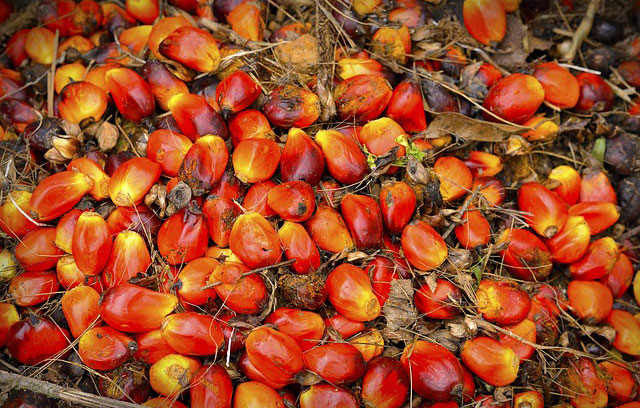Source: Ukragroconsult (Ukraine)
The palm oil industry finds itself at a critical juncture, confronted by a challenging mix of supply limitations, increasing biodiesel demand, and unfavorable weather patterns. Previously valued for its adaptability and accessibility, palm oil is now experiencing rising costs, leading to a future filled with uncertainty. Experts ponder whether the age of inexpensive palm oil is drawing to a close.
In Malaysia and Indonesia, the two leading producers of palm oil, supply issues have become notably severe. Malaysia has been hit by persistent heavy rains and the potential onset of a La Niña event, resulting in flooding in vital production areas that damage palm trees and diminish yields. Likewise, Indonesia’s crude palm oil output from January to October 2024 has dropped to 39.96 million tons, compared to 41.78 million tons during the same timeframe in 2023. These weather-related complications, combined with decreasing rates of tree replanting, are constraining global supply and driving prices higher.
Concurrently, the demand for palm oil for biodiesel is escalating quickly. Indonesia aims to raise the biodiesel blend to 40% by 2025 and 50% in the future, necessitating millions more tons of palm oil. This transformation in demand could substantially impact the global vegetable oil market, intensifying price pressures. Alternatives like sunflower and rapeseed oils are also grappling with difficulties due to adverse weather conditions in regions such as Canada, Ukraine, and Russia, alongside ongoing geopolitical strife that disrupts production.
Price trends suggest that palm oil will likely remain costly in the years ahead, with an average price projection of RM4,600 per tonne in 2025, up from RM4,200 in 2024. The high prices may compel consumers to consider alternatives like soybean oil, which is experiencing increased production in Brazil and Argentina. Despite this, the restricted supply of alternative oils indicates that the demand for palm oil will continue to be robust, further complicating the supply landscape.
Looking ahead, the prospects for palm oil are unpredictable. The aging palm trees and slow replanting rates are expected to lead to diminished yields in crucial production areas. Coupled with the rising demand for biodiesel and persistent weather challenges, it seems that the era of cheap palm oil is indeed nearing its conclusion. As the world shifts its focus toward more established energy sources, the palm oil sector will face significant tests in the years to come.

